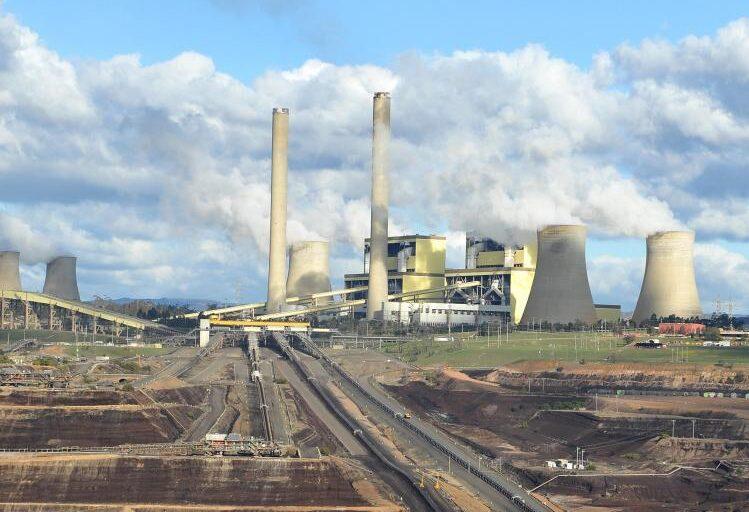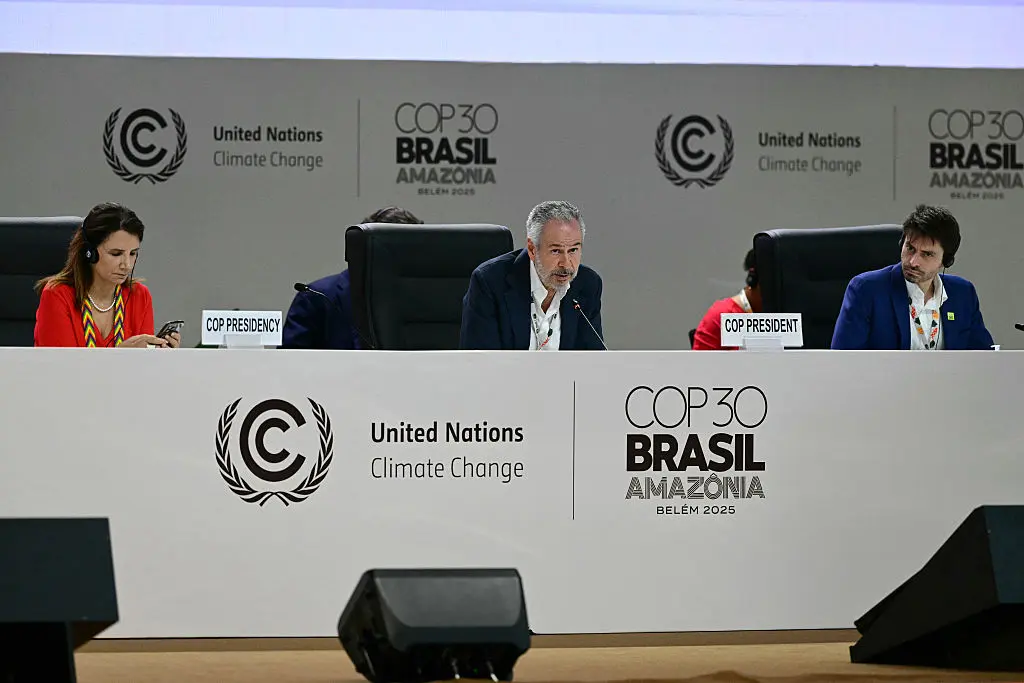Australian energy ministers at state and federal levels have agreed to strengthen the powers of energy regulators and allow the market operator to obtain and store gas supplies to curb the energy crisis.
Federal Energy Minister Chris Bowen convened a meeting with his state and territory counterparts on June 8, in which they put forward 11 action points.





